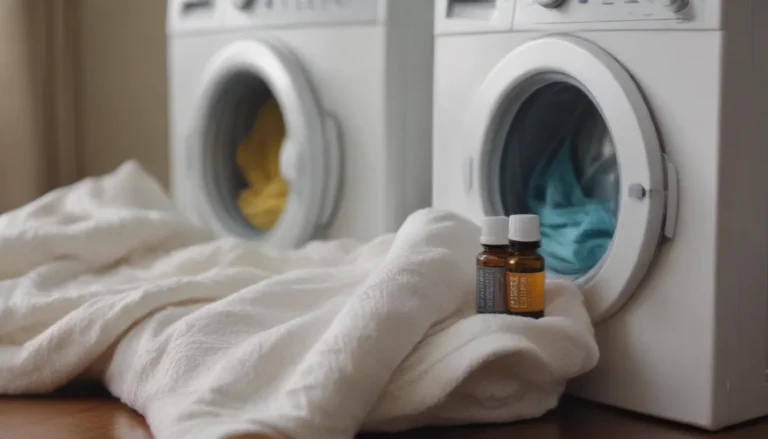Comprehensive Guide to Identifying and Managing Rat Infestations

Are you hearing mysterious scratching noises at night? Have you noticed gnaw marks on wires or wood around your home? You might have a rat infestation on your hands! These pesky rodents can wreak havoc in your living space, so it’s important to be able to spot the signs of their presence early on. In this comprehensive guide, we will walk you through the seven common signs of rats in the house and provide you with practical tips on how to identify and control these unwelcome guests effectively.
Signs of Rats in the House
Rats are sneaky creatures that prefer to roam around under the cover of darkness. This means that you may not always see them, but there are several telltale signs that can alert you to their presence:
-
Live or Dead Rat Sightings: Seeing rats during the day is a clear indicator of a large infestation. Keep an eye out for both live and dead rats, as the latter could mean that poison traps are nearby.
-
Rat Droppings and Odor: Rat droppings are small, resembling grains of rice. They are typically found near food sources and emit a musky odor. Exercise caution when cleaning up droppings, as they can carry disease.
-
Scratching Noises at Night: If you hear scratching or scurrying sounds in your walls or attic at night, it could be a sign of rats on the move. They may also be rustling in your pantry or gnawing on wood or wires.
-
Nesting Materials in Hidden Spots: Rats create nests using materials like cotton, twigs, fabric, cardboard, and packing peanuts. Check behind appliances, in attics, basements, or empty boxes for signs of nesting.
-
Gnaw Marks on Wires or Wood: Rats constantly gnaw on objects to keep their teeth sharp. Look out for gnaw marks on electrical wires, structural wood, and even drywall.
-
Burrows in Yard: Rats create burrows in yards, typically with a main hole and two secondary exits. These burrows can be located under your home or outbuildings, especially near fruit or vegetable gardens.
-
Smudge Marks: Keep an eye out for smudge marks and rat hairs along walls and trails, as these can indicate rat pathways.
Problems With Rat Infestations
Rats pose a number of problems when they invade your living space. Norway rats are known to dig burrows that can undermine the stability of homes and buildings, block sewer lines, and damage landscaping. On the other hand, roof rats are skilled climbers that can cause structural damage by chewing on wood and wires, as well as feasting on fruit trees.
Control and Prevention
Preventing a rat infestation is key to keeping these pests at bay. Here are some effective strategies for controlling and preventing rats in your home:
-
Setting humane traps: Use traps to capture rats without harming them.
-
Sanitation: Keep your living space clean and free of food debris that could attract rats.
-
Seal entry areas: Close off any gaps or holes in your home that rats could use to enter.
-
Calling a professional pest service: If you have a severe infestation, don’t hesitate to seek help from a pest control expert.
How to Identify Rat Species
While Norway and roof rats may look similar at first glance, they have distinct characteristics that set them apart. Here’s how you can identify each species:
The Norway Rat (Rattus Norvegicus)
- Body: Stocky and robust build.
- Fur: Shaggy and brown or gray in color.
- Belly color: Whitish or gray.
- Weight: Typically between 7 and 18 ounces.
- Length: About 7-9 inches.
- Tail: Shorter than the body, scaly.
- Ears: Small and close to the head.
- Location: Common in urban areas.
- Droppings: Larger than those of roof rats.
The Roof Rat (Rattus Rattus)
- Body: Slender and agile.
- Fur: Smooth and black, brown, or gray.
- Belly color: Lighter than back.
- Weight: Lighter than Norway rats.
- Length: About 6-8 inches.
- Tail: Longer than the body, hairless.
- Ears: Large and prominent.
- Location: Found in warmer climates.
- Droppings: Smaller compared to Norway rats.
To keep rats out of your home, seal up any potential entry points and eliminate food sources that could attract them. Consider using deterrents like strong-smelling substances such as ammonia, bleach, peppermint, eucalyptus, or geranium oil to make your home less inviting to these rodents.
Remember, it’s essential to act quickly at the first sign of a rat infestation to prevent the problem from escalating. By following these tips and staying vigilant, you can effectively control and manage rat populations in your home.
For more information on controlling rat infestations, refer to resources such as the Centers for Disease Control and Prevention and the University of Missouri Extension.
Don’t let rats take over your home—take action today to protect your living space from these unwanted guests!





